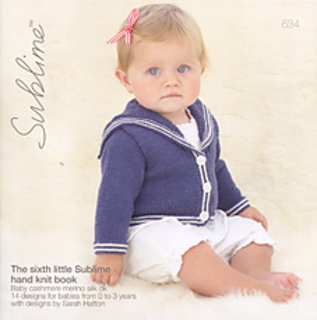 Once again, I present to you the pattern for the hacky-sacks I previously posted.
Once again, I present to you the pattern for the hacky-sacks I previously posted.Materials:
- Yarn in chosen colors (worsted)
- size F crochet hook
- scissors, darning needle, filling (stockings, stuffing or rice)
Directions (Detailed):
- Round 1: With color A, create a magic loop. Into the magic loop, chain one, and then make 6 single-crochets. Slip-stitch to the top of the first SC. (6 stitches)
- Round 2: Make a standing DC, and in the same stitch, make two more DC. Make 3 DC in each stitch around, and slip-stitch to the top of the standing DC. Cut and bind off color A. (18 stitches)
- Round 3: With color B, attach to first stitch with a chain, and sc in the same stitch, and then sc in the next stitch. (sc twice in one stitch, sc in next two stitches) around, and then sc twice in the last stitch, and slip-stitch to the first sc. (24 stitches)
- Round 4: Make a standing DC in the first stitch, and then two DCs in the next stitch. (DC in one stitch, make two DCs in the next) around, and slip-stitch to the standing DC. Cut and bind off color B. (36 stitches)
- Round 5: With color C, attach to first stitch with a chain, and sc in the same stitch, and then sc in the next four stitches. (sc twice in one stitch, sc in next five stitches) around, and then sc twice in the last stitch, and slip-stitch to the first sc. (42 stitches)
- Round 6: Make a standing DC in the first stitch, and then DC in the next five stitches. (DC twice in the next stitch, DC in the next six stitches) around, and then DC twice in the last stitch, and slip-stitch to the standing DC. Cut and bind off color C. (48 stitches)
- Round 7: Attach color A, sc around
- Round 8: dc around
- Round 9: sc around, cut and bind off color A
- Round 10: With color C, make a standing DC, and DC in the next 5 stitches. (DC 2 together, DC 6) around, Dc last two stitches together, and slip stitch to standing DC. (42 stitches)
- Round 11: Chain one, sc in same stitch and next four stitches. (sc 2 together, sc in the next five stitches) around, sc the last two stitches together, slip-stitch to first stitch. Cut and bind off color C. (36 stitches)
- Round 12: With color B, make a standing DC. (DC 2 together, DC 1) around, Dc last two stitches together, and slip stitch to standing DC. (24 stitches)
- Round 13: Chain one, sc in same stitch and next stitch. (sc 2 together, sc in the next two stitches) around, sc the last two stitches together, slip-stitch to first stitch. Cut and bind off color B. (18 stitches)
- Note: At this point, you should stuff the inside of the ball in whichever way you choose, before attaching the last color.
- Round 14: With color A, Make a standing DC 3 together, and DC 3 together around. Slip stitch to the first stitch. (6 stitches)
- Round 15: Chain one, sc in each stitch, slip stitch to the first stitch, and bind off. (6 stitches)
- Sew all ends in
Directions (Simplified):
- (A) magic loop, 6 SC (6 sts)
- (A) DC 3 in each sc (18 sts)
- (B) SC 2, SCinc across (24 sts)
- (B) DC, DCinc across (36 sts)
- (C) SC 5, SCinc across (42 sts)
- (C) DC 6, SCinc acorss (48 sts)
- (A) SC all
- (A) DC All
- (A) SC all
- (C) DC 6, DC2tog across (42 sts)
- (C) SC 5, SC2tog across (36sts)
- (B) DC, DC2tog across (24 sts)
- (B) SC 2, SC2tog across (18 sts)
- (A) DC3tog across (6 sts)
- (A) SC across (6 sts)


















































